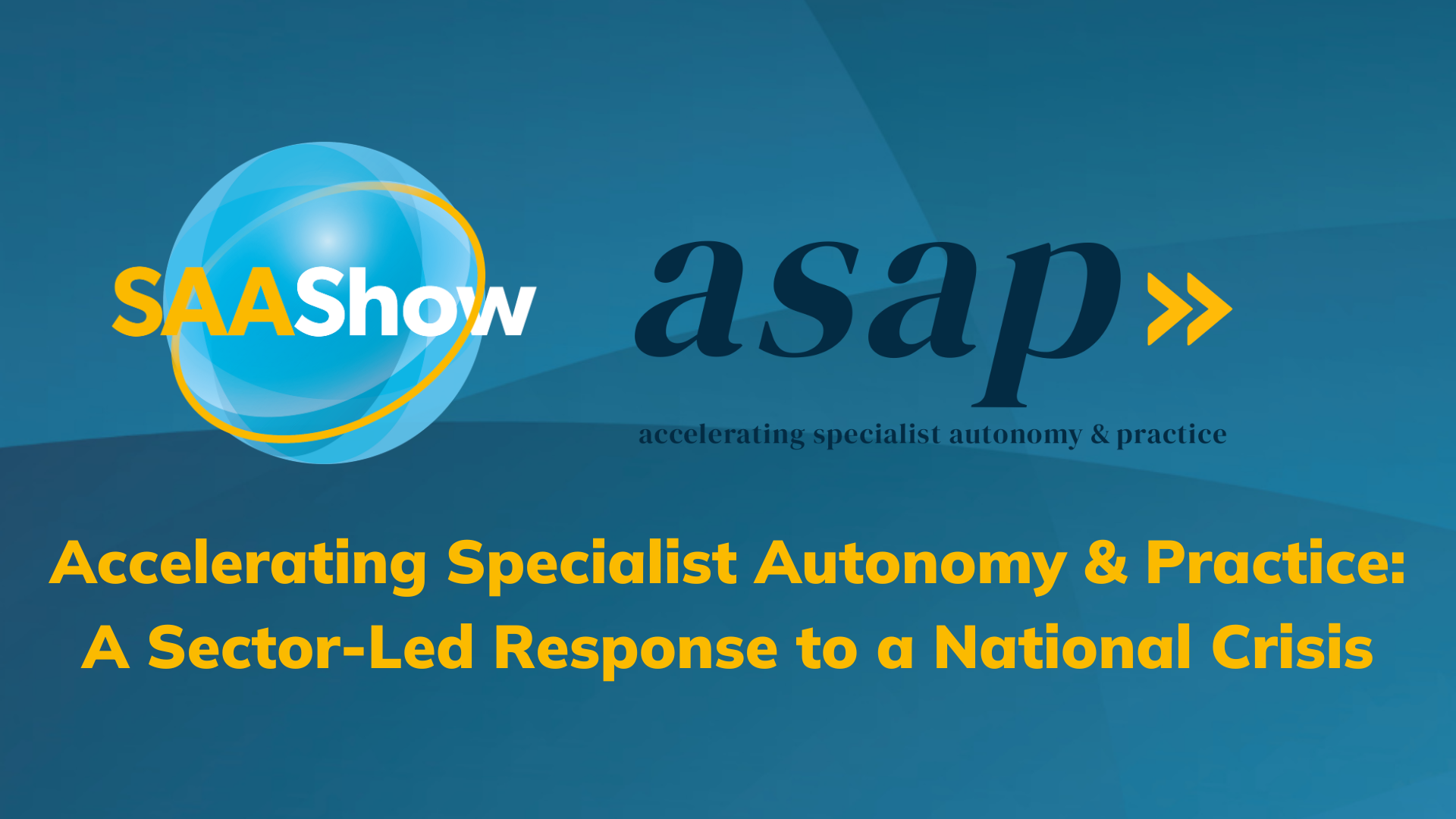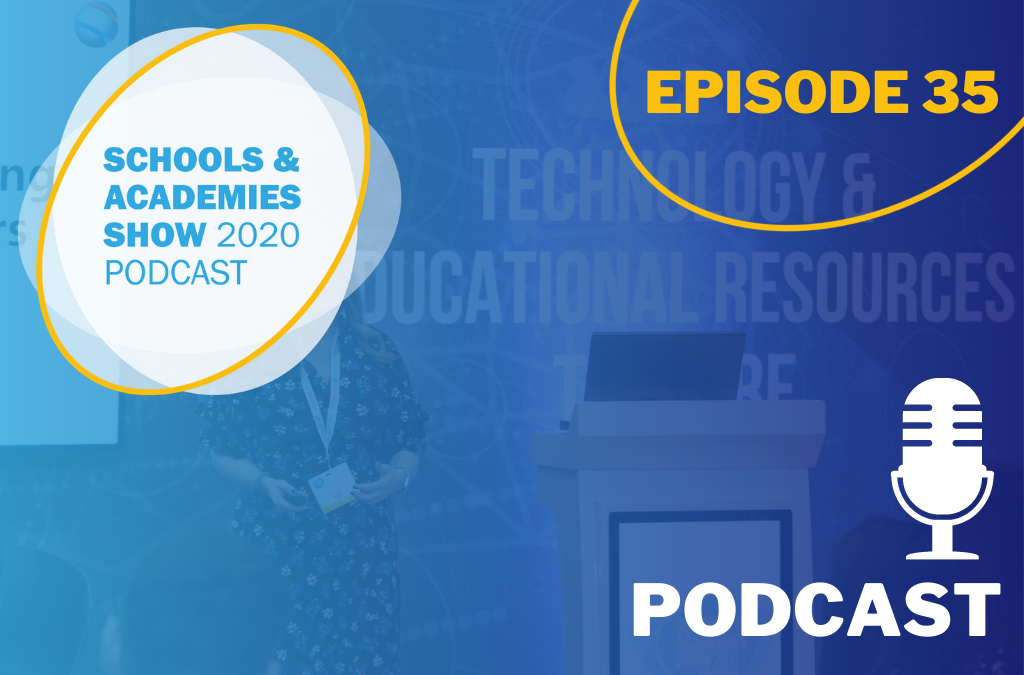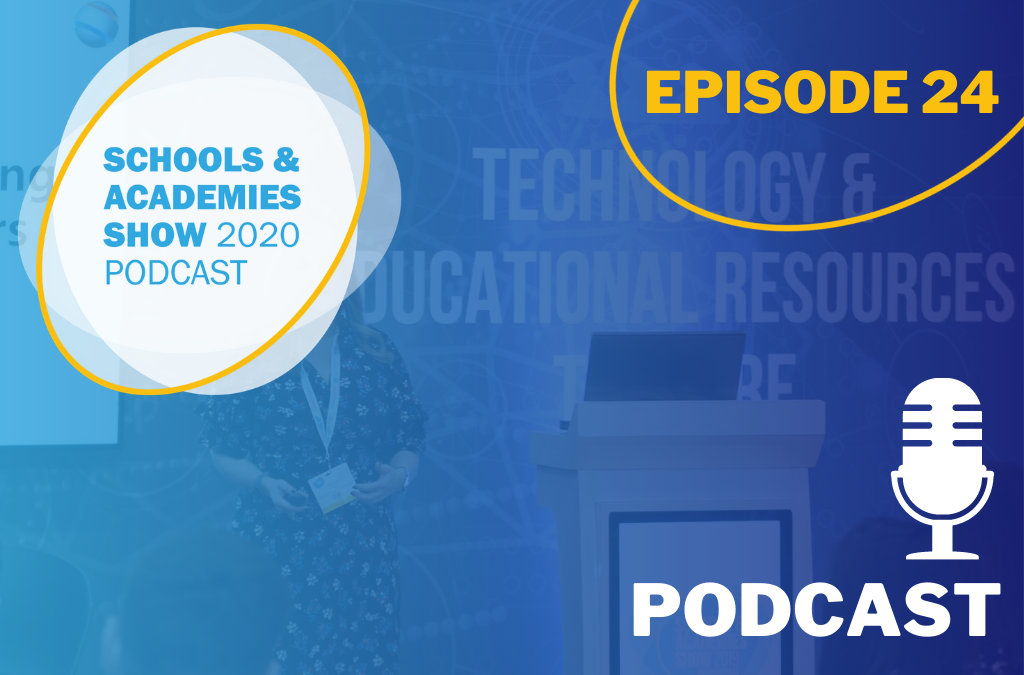The End Of School Bubbles
This week, Education Secretary; Gavin Williamson announced school bubbles will come to an end as part of step 4 of England’s roadmap out of lockdown.
The use of school bubbles has been a long-contested topic within the sector, as it has seen tens of thousands of pupils, entire classes or year groups and staff self-isolating after a confirmed case.

On 1st July 2021, 641,000 pupils were off school due to the use of bubbles, accounting for 8.5% of the entire pupil population in England, up from 5.1% on 24th June. This number of pupils broken down accounts for:
- 471,000 isolating because of contact with someone testing positive in an education setting.
- 90,000 isolating because of contact with someone testing positive outside an education setting.
- 34,000 with a suspected COVID case.
- 28,000 with a confirmed COVID case.
- 18,000 off because of school closures caused by a COVID case.
The proposed end of school bubbles would avoid the majority of these pupils needing to self-isolate and will be a huge relief for school leaders who have been under constant pressure to maintain pupil outcomes and wellbeing with the COVID restrictions and government guidance.
Another welcome change from 19th July will be the responsibility for identifying ‘close contacts’ within a school setting moving from schools to the NHS Track and Trace system. This will free up valuable time for Teachers and School Leaders Sto concentrate on the successful teaching and running of their schools.
Nick Brook, Deputy General Secretary, NAHT stated:
“It is certainly about time that NHS test and trace step forward to take responsibility from school leaders for contact tracing and managing outbreaks. However, it would be extremely concerning if government were to lurch from one extreme to the other, should there be no clear requirement on pupils that have come into very close contact with Covid to test and remain at home for that short period whilst awaiting results.”
Whilst these changes to the current restrictions are mostly welcome, and should make the return to the next academic year a lot smoother, there remain several questions, such as:
- What the required ‘contingency plans’ should look like if there is a COVID outbreak in your school in the next academic year?
- These plans will most likely be based on government guidance which is unclear for that time period.
- How to manage pupil and parent concerns over the rapid increase in cases whilst relaxation of COVID restrictions?
- How to implement the testing requirement for Secondary Schools in the Autumn term? Which states pupils need to take two lateral flow device tests, three to five days apart on their return to school and continue to test twice weekly until the end of September.
Funding of these requirements will continue to be a topic for debate as schools have seen their budgets pushed to breaking point whilst having to spend funds on COVID safety and adhere to government guidance.



